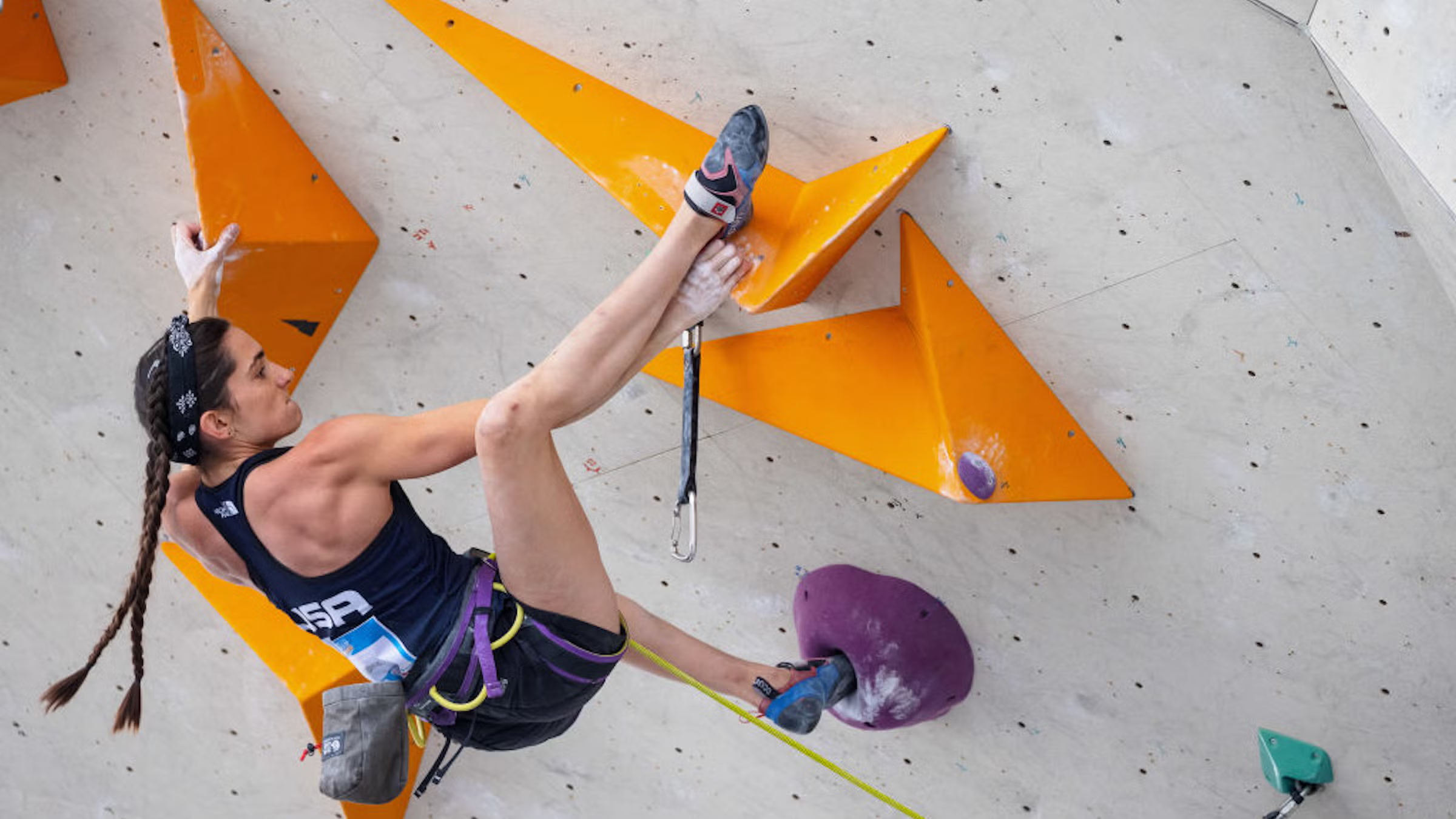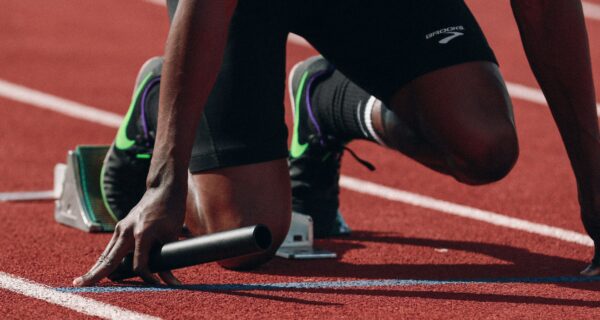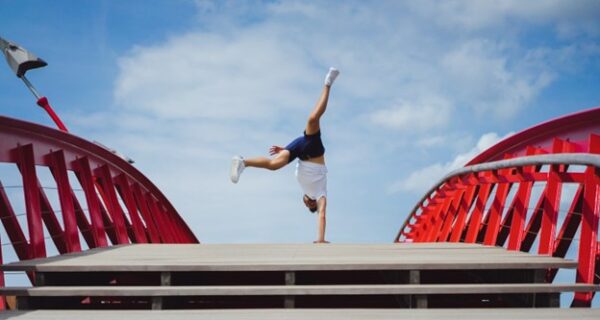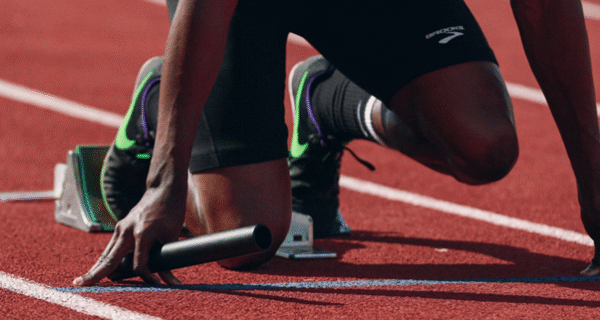Olympic sport climbing combines three distinct disciplines that test athletes’ strength, speed, and problem-solving skills on artificial climbing walls. Since its debut at the 2020 Tokyo Olympics, this exciting sport has captivated audiences with world record performances and dramatic competitions.
What is Olympic Sport Climbing?
Olympic sport climbing is an indoor competitive climbing discipline performed on artificial walls with specially designed holds.
Unlike outdoor rock climbing, Olympic sport climbing uses standardized artificial climbing walls with plastic holds of various shapes and sizes.
Athletes compete in three main disciplines: speed climbing, bouldering, and lead climbing, each requiring different techniques and skills.
The sport requires competitors to climb using only their bare hands and climbing shoes, though safety equipment like ropes and harnesses may be used in certain disciplines. Artificial holds are made from durable plastic materials and come in various categories including crimps, pinches, buckets, slopers, and pockets.
The Three Olympic Climbing Disciplines
Speed Climbing
Speed climbing features two athletes racing side-by-side up identical 15-meter walls with a 95-degree angle. The objective is simple: reach the top as fast as possible. The current world records are 4.64 seconds for men (Sam Watson, USA) and 6.03 seconds for women (Aleksandra Mirosław, Poland).
Speed climbing walls are identical at all competitions, with exactly 20 handholds and 11 footholds. Athletes memorize the precise route and practice specific techniques like the “Tomoa Skip” – a dynamic move that skips certain holds to save time.
Bouldering
Bouldering involves climbing multiple short routes called “problems” on 4.5-meter walls without ropes. Athletes have four minutes to complete each boulder problem, focusing on technical difficulty rather than speed. Climbers must solve dynamic movements and challenging sequences using only crash mats for safety.
Boulder problems test problem-solving skills, core strength, and dynamic movement abilities. Routes remain hidden until competition begins, requiring athletes to read and adapt to new challenges instantly.
Lead Climbing
Lead climbing challenges athletes to climb as high as possible on a 15-meter overhanging wall within six minutes. Competitors use safety ropes attached to quickdraws – specialized climbing equipment consisting of two carabiners connected by a sewn sling.
Athletes receive only one attempt and are scored based on the highest hold they control before falling. Lead climbing demands exceptional endurance, technical skill, and route-reading abilities.
Olympic Sport Climbing Medal Winners
| Event | Gold | Silver | Bronze |
|---|---|---|---|
| Men’s Speed (2024 Paris) | Veddriq Leonardo (Indonesia) | Wu Peng (China) | Sam Watson (USA) |
| Women’s Speed (2024 Paris) | Aleksandra Mirosław (Poland) | Lijuan Deng (China) | Aleksandra Kalucka (Poland) |
| Men’s Boulder & Lead Combined (2024 Paris) | Toby Roberts (Great Britain) | Sorato Anraku (Japan) | Jakob Schubert (Austria) |
| Women’s Boulder & Lead Combined (2024 Paris) | Janja Garnbret (Slovenia) | Brooke Raboutou (USA) | Jessica Pilz (Austria) |
| Men’s Combined (2020 Tokyo) | Alberto Ginés López (Spain) | Nathaniel Coleman (USA) | Jakob Schubert (Austria) |
| Women’s Combined (2020 Tokyo) | Janja Garnbret (Slovenia) | Miho Nonaka (Japan) | Akiyo Noguchi (Japan) |
Olympic Sport Climbing Disciplines Comparison
| Discipline | Wall Height | Time Limit | Objective | Key Skills |
|---|---|---|---|---|
| Speed Climbing | 15 meters | Race format (under 10 seconds) | Climb identical route as fast as possible | Speed, memorization, explosive power |
| Bouldering | 4.5 meters | 4 minutes per boulder | Complete multiple short problems without rope | Problem-solving, dynamic moves, core strength |
| Lead Climbing | 15 meters | 6 minutes | Climb as high as possible on challenging route | Endurance, technique, route reading |
Evolution at the Olympic Games
Tokyo 2020 Format
Sport climbing debuted at the Tokyo 2020 Olympics with a combined format featuring all three disciplines. Athletes competed in speed, boulder, and lead events, with final rankings determined by multiplying placement scores from each discipline. This format favored versatile climbers but drew criticism from specialists.
Paris 2024 Changes
The Paris 2024 Olympics introduced significant improvements by separating speed climbing from boulder and lead events. This change doubled the number of medal events from two to four and increased athlete participation from 40 to 68 competitors.
The new format better showcased specialists in each discipline while maintaining the combined boulder-lead event that rewards technical climbing skills.
Los Angeles 2028
The 2028 Los Angeles Olympics will feature three separate medal events for speed, boulder, and lead climbing. This evolution represents the sport’s growing recognition and allows each discipline to highlight its unique characteristics and athlete specializations.
Equipment and Safety in Olympic Sport Climbing
Artificial Climbing Holds
Olympic climbing walls feature artificial holds made primarily from durable plastic materials. These holds come in various shapes including crimps for fingertip gripping, slopers for palm holds, and pockets for finger insertion. Hold placement follows strict International Federation of Sport Climbing (IFSC) standards to ensure fair competition.
Modern climbing walls also incorporate volumes – large geometric shapes that add complexity and adjust climbing angles. These innovations have elevated the sport’s technical difficulty and visual appeal.
Safety Equipment
Lead climbing requires extensive safety equipment including quickdraws, harnesses, and dynamic ropes. Quickdraws consist of two carabiners connected by a semi-rigid sling, allowing rope protection while maintaining smooth movement.
Speed and boulder climbing prioritize different safety measures, with speed walls featuring automatic timing systems and boulder areas using thick crash mats for fall protection.
World Records and Notable Achievements
Speed Climbing Records
The men’s speed climbing world record stands at 4.64 seconds, set by Sam Watson (USA) in 2025. Women’s speed climbing has seen remarkable progression, with Aleksandra Mirosław (Poland) currently holding the record at 6.03 seconds.
These records demonstrate the sport’s rapid technical advancement, with athletes consistently pushing the boundaries of human climbing speed.
Championship Success
The IFSC Climbing World Championships showcase the sport’s global talent, with athletes like Janja Garnbret holding eight world championship titles. The 2025 World Championships in Seoul featured record-breaking performances and highlighted the sport’s continued growth.
Training and Techniques
Speed Climbing Training
Speed climbing training focuses on muscle memory development and explosive power. Athletes practice the standardized route in sections, perfecting precise hand and foot placements while minimizing movement time. Training emphasizes consistency over innovation, as the route remains identical across all competitions.
Boulder and Lead Preparation
Boulder and lead climbing training emphasizes problem-solving skills, finger strength, and endurance. Athletes use training boards, hangboards, and artificial wall systems to develop the technical skills required for dynamic movements and sustained climbing.
The Future of Olympic Sport Climbing
Olympic sport climbing continues evolving with improved competition formats that better showcase each discipline’s unique characteristics. The sport’s growing popularity has led to increased global participation and the development of specialized training facilities worldwide.
The separation of disciplines for 2028 Los Angeles Olympics represents the sport’s maturation and recognition of the distinct skills required for speed, boulder, and lead climbing. This evolution promises more exciting competitions and opportunities for specialized athletes to excel on the Olympic stage.
FAQs
1. What is Olympic sport climbing and how does it work?
Olympic sport climbing is a competitive event where athletes scale indoor artificial walls using only their hands and climbing shoes. The competition features three disciplines: speed climbing (racing up a 15-meter wall), bouldering (solving short, challenging climbs on a 4.5-meter wall without ropes), and lead climbing (attempting to climb as high as possible on a 15-meter wall within six minutes). Each discipline tests different skills: speed, problem-solving, and endurance.
2. How do athletes qualify for Olympic sport climbing?
To qualify for the Olympics, climbers must earn their spots through a series of international competitions such as the IFSC World Championships, Continental Qualifiers, and Olympic Qualifier Series. They must also meet age and nationality requirements, and typically rank among the top athletes in their country and on the international circuit.
3. What equipment is used in Olympic sport climbing competitions?
Climbers wear specialized shoes, sometimes different sizes for each foot for precision, and use chalk for grip. Speed and lead climbing require harnesses and ropes—lead climbing uses quickdraws for safety attachment, while speed climbing uses auto-belay systems. Bouldering only uses thick crash mats for protection since no ropes are involved.
4. How is scoring determined in each Olympic sport climbing discipline?
In speed climbing, the fastest time to the top wins. In bouldering, climbers score points based on how many problems they solve and how efficiently they do it. In lead climbing, the climber who ascends highest within the time limit scores the most. For combined or multi-discipline events, scores from each discipline are either added or multiplied (depending on format), and the best overall performance wins.
5. What makes Olympic sport climbing different from traditional rock climbing?
Olympic sport climbing is performed indoors on artificial walls with standardized routes and holds, ensuring all athletes face the same challenges. It emphasizes competition, speed, and technical mastery, while traditional climbing often takes place outdoors and focuses more on the overall experience, route variety, and environmental conditions.












